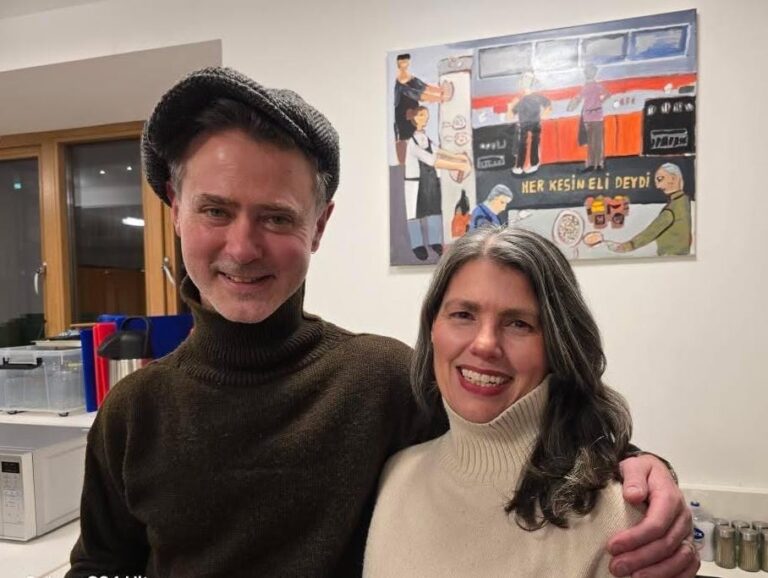As someone who is far from well versed in the thriller genre, and until Wednesday evening was unfamiliar with the story of the ‘real life’ Enfield poltergeist, it’s fair to say I took my seat with little to no expectations or preconceptions, writes Caitlin Odell…
Even with this advantage, and my determination as a sympathetic audience member to summon the laughs when they were not deserved, Paul Unwin’s The Enfield Haunting fell short.
As with too many real-life dysfunctional family units, the children are the saving grace of this production. But, unfortunately, their comparatively pared-back performances only draw greater attention to the almost panto-esque depiction of Peggy Hodgson (Catherine Tate), Maurice Grosse (David Threlfall) and Uncle Rey (Mo Sesay).
We meet the three Hodgson children at the start of one momentous evening at their modest Enfield home in 1977, which had become the topic of scrutiny in the national news due to claims of supernatural activity.
One of my main gripes with this play was the sense of utter disorientation felt throughout.
Initially doubting my ability to follow a simple plot, I was later comforted by the discovery that there were many others equally as confused as me.
The script is convoluted and clumsy, in a way that I can only assume is not deliberate.
The only explanation is that Unwin has remained fatally ignorant to the fact that key information is not crossing the threshold from the stage into the stalls.
But even after I nobly made my peace with the lacklustre dialogue, much was left to be desired. As a self-confessed wimp, I was initially delighted to find myself idly spectating a seemingly endless dinner-time scene, where the only cause for concern (other than Tate’s similitude with her comedy show persona) is the mildly erratic behaviour of youngest daughter Janet (Ella Schrey Yeats).


However, I became increasingly aware, after a sizeable portion of the 75 minute run time had passed us by, that we were still just watching Tate try to resist the repeated attempts of interfering mansplainers (Investigator Maurice Grosse and neighbour Uncle Rey) to fulfil their own agendas. The power struggle between these two pig-headed men, as they compete to centre themselves in the narrative by rescuing the Hodgson family from their haunted home, had the potential to be amusing. But even without the weak script, I was now more preoccupied with how on earth they were going to wrap things up with any shred of plausibility in the remaining time.
As it happens, they weren’t. But I was surprised at my own relief when we reached a flashpoint crescendo as Janet’s spiritual possession develops into something more than animalistic growling.
The sight of Janet’s contorted body levitating across the bedroom was chilling, but even at this late stage, an opportunity to maintain momentum was missed.
By the end I had no choice but to wonder whether this telling of The Enfield Haunting is simply not best suited to the stage, with too much getting lost in translation in a way it maybe wouldn’t on screen.
But regardless of where the blame lies, set designer Lee Newby deserves a pat on the back for his charming depiction of domesticity. The split screen affect, achieved by presenting us with a sort of cross section of the house’s ground floor and first floor made the story convincing in ways that other areas failed. Paired with some good audiovisuals, The Enfield Haunting was a spectacle, if not much else.
The Ambassadors Theatre, West St, London WC2H 9ND until March 2nd.
Times: 7.30pm; Thusr & Sat matinees 2.30pm.
Admission: £39.50 – £135.






